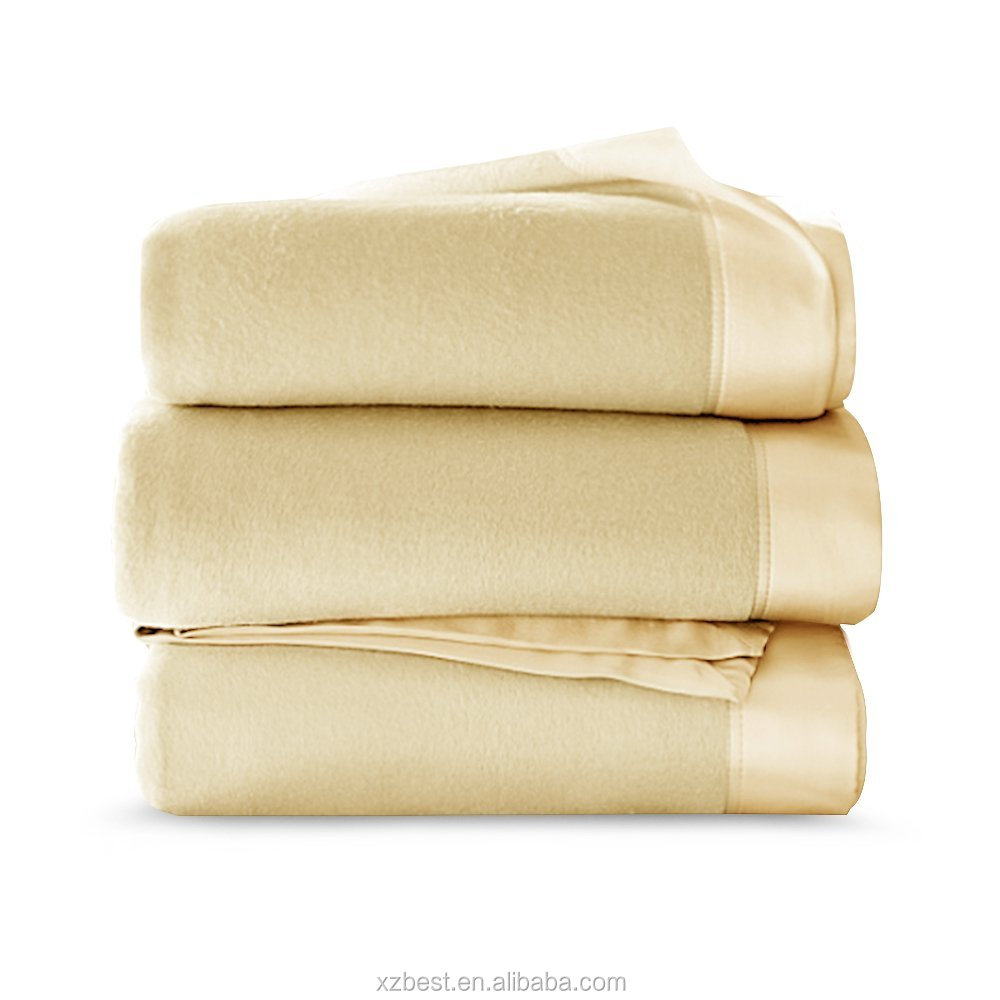Title: The Identification of Mulberry Silk
This article introduces the identification of mulberry silk, a type of natural silk that has been used for centuries in China and other parts of Asia. The article explains the process of identifying mulberry silk through its unique texture, color, and other characteristics. It also discusses the importance of mulberry silk in traditional Chinese culture and its role in modern fashion and textile industries. The identification of mulberry silk is crucial for ensuring the quality and authenticity of silk products, and this article provides a helpful guide for consumers and industry professionals alike.
Mulberry silk, also known as "natural silk", is a high-quality textile material made from the cocoons of mulberry silk worms. It has a unique texture, feel, and elasticity that make it highly desirable for clothing, accessories, and other fashion items. However, with the increasing demand for mulberry silk products, there has also been an influx of fake or low-quality mulberry silk on the market. Therefore, it is important for consumers to learn how to identify true mulberry silk so that they can make informed decisions when purchasing silk products.

One of the most reliable ways to identify mulberry silk is to look for specific characteristics that are unique to this type of silk. For example, mulberry silk has a distinctively smooth and soft texture that is difficult to replicate in synthetic materials. When touched, it should feel like a soft, smooth surface that is slightly cool to the touch. Additionally, mulberry silk has a natural sheen that gives it a unique appearance and adds to its overall elegance.
Another important aspect of identifying mulberry silk is to examine its construction and weave. Mulberry silk is typically woven into a tightly-woven fabric that is both strong and lightweight. The threads used to weave mulberry silk are often very fine and even, creating a fabric that is both smooth and durable. By contrast, synthetic silks or other types of silk may have looser weaves or use thicker threads, resulting in a fabric that is less elegant and more prone to tearing or stretching.

Color is also an important factor in identifying mulberry silk. True mulberry silk often has a deep, rich color that is difficult to replicate in artificial materials. This color may vary slightly depending on the age and quality of the silk, but it should always be natural-looking and free of any artificial additives or dyes.
Finally, another way to identify mulberry silk is to seek out certification or authentication from reliable sources. Many manufacturers and retailers will provide certification or authentication information on their products to ensure consumers that they are purchasing genuine mulberry silk. This information may come in the form of labels, stickers, or other markings on the product packaging or garment itself.

In conclusion, identifying true mulberry silk requires a combination of visual inspection, touch, and understanding of its unique characteristics and construction methods. By being mindful of these factors when purchasing mulberry silk products, consumers can ensure that they are getting high-quality, genuine mulberry silk that will provide years of wear and enjoyment.
Articles related to the knowledge points of this article:
Vogue-Inspired Jackets: The Ultimate in Fashion and Warmth
The beauty of white duck down jackets
New Womens Down Jackets: Staying Warm and Fashionable in the Cold Weather
Title: The Elusive Prices of Hermès Silk Scarves: A Comprehensive Guide



